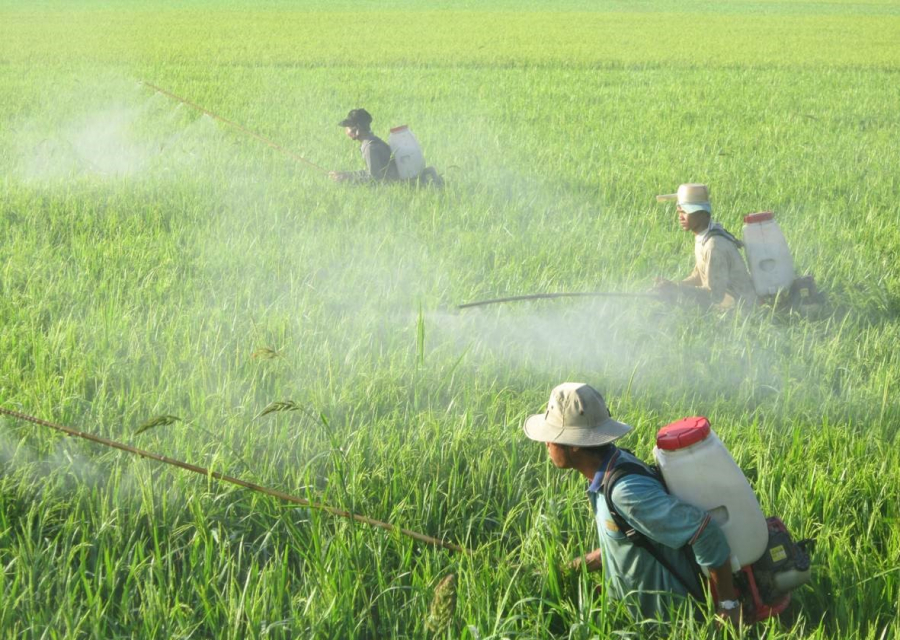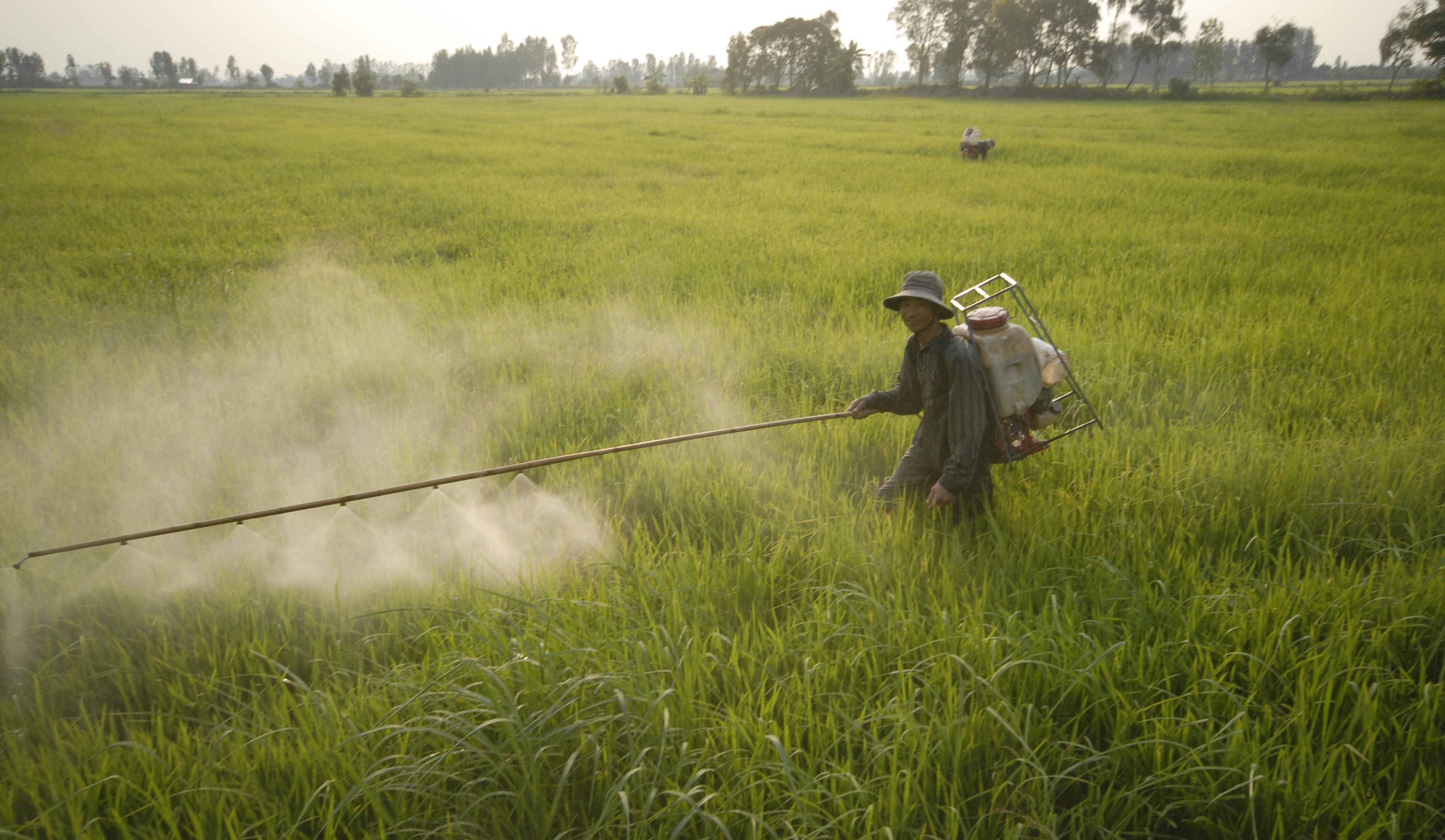This information is extracted from the publication “Comprehensive study of insecticides in atmospheric particulate matter in Hanoi, Vietnam: Occurrences and human risk assessment” in the journal Chemosphere. The study was funded by the NAFOSTED Foundation.
In recent years, a number of monitoring stations have been installed to monitor air quality, but environmental data on organic micropollutants and the composition of atmospheric particulate matter (APMs) have not received much attention, especially volatile organic compounds (PAHs) and persistent organic compounds (POPs).

To study the pollution level of APMs in Hanoi and predict the potential impact on people's health, the authors collected air samples at two locations: Pham Van Dong Street, Cau Giay District - where there is a large traffic volume, and Phu Do, Nam Tu Liem District - where residents mainly work in farming, handicrafts, etc., from April to September 2017. They collected samples on 6 days a week, both in the dry and rainy seasons.
As a result, the authors found 19 pesticides, most of which are widely used in Vietnam, except for carbofuran and omethoate. Notably, for the first time they discovered 16 that have not been recorded in the documents such as propargite, midacloprid, cyromazine... If we look closely at the frequency of occurrence of these compounds, we can see that half of them were detected in 49% of the samples, especially propargite at 100%, imidacloprid at 91%, and omethoate at 83%, with the highest concentrations being 8.60 ng m-3, 2.12 ng m-3, and 0.85 ng m-3, respectively.

Previously, according to a preliminary survey by the National Institute for Environmental and Occupational Health (2018), nearly half of 67 blood samples collected in Hanoi contained pesticides. However, to date, there have been no further surveys and studies on the risks of human exposure to pesticides.
In this study, through the total daily intake through the respiratory tract, the risk ratio through pesticide exposure…, the researchers found that the health risk risk is negligible. The authors also said that further studies are still needed to screen and analyze pesticides on a large scale in both liquid and particulate phases in Hanoi as well as neighboring provinces.






























